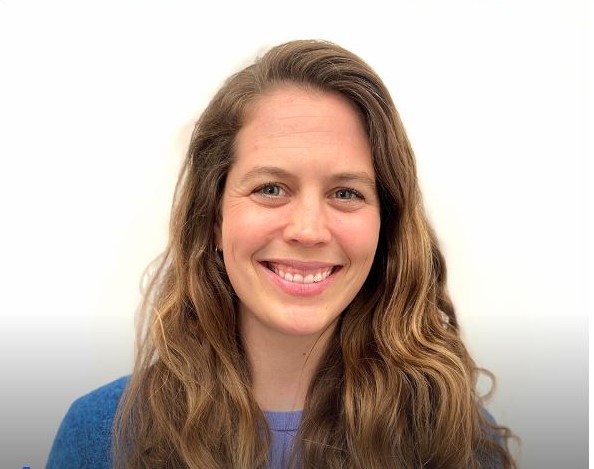
Awareness days come thick and fast in 2024, but since its inception Clean Air Day has done much more than pay mere lip service to the dangers of our noxious skies. Not to mention the grave risk to human health polluting emissions pose.
This month sees a global sister-event launch in a bid to expand our understanding of atmospheric pollution and its impacts. Wednesday 24th January is Clean Air Night, a new campaign shining some light, or at least a torch, on less talked about factors contributing to high levels of carbon dioxide, carbon monoxide, nitrous oxides, ammonia and other poisonous gasses. Many are brought about because this is winter time in the Northern Hemisphere, home to many of the planet’s most industrialised countries.
In the past, we have reported on how pollution concentrations increase in the colder weather because at low temperatures emissions take longer to disperse. Meanwhile, we’re spending more time at home and inside offices, raising the spectre of indoor air quality and pollution, which in some buildings can actually exceed outdoor levels due to the use of things like wood burning stoves and gas cookers.
Clean Air Night offers a range of ways for schools, communities, businesses and groups to get involved. Run by Global Action Plan, for the latest episode of the Air Quality News podcast we invited the organisation’s Head of Campaigns for Clean Air, Tessa Bartholomew-Good, to take part in a conversation about this latest initiative.
The discussion touches on the threat of indoor air pollution, both to human and environmental health, the objectives of Clean Air Night and, crucially, the value of awareness days and their impact. Take a listen below, then take a look at the Clean Air Public Insight Tracker, commissioned by Global Action Plan, which provides information on public attitudes towards air quality and how we are modifying behaviour to better protect ourselves.












